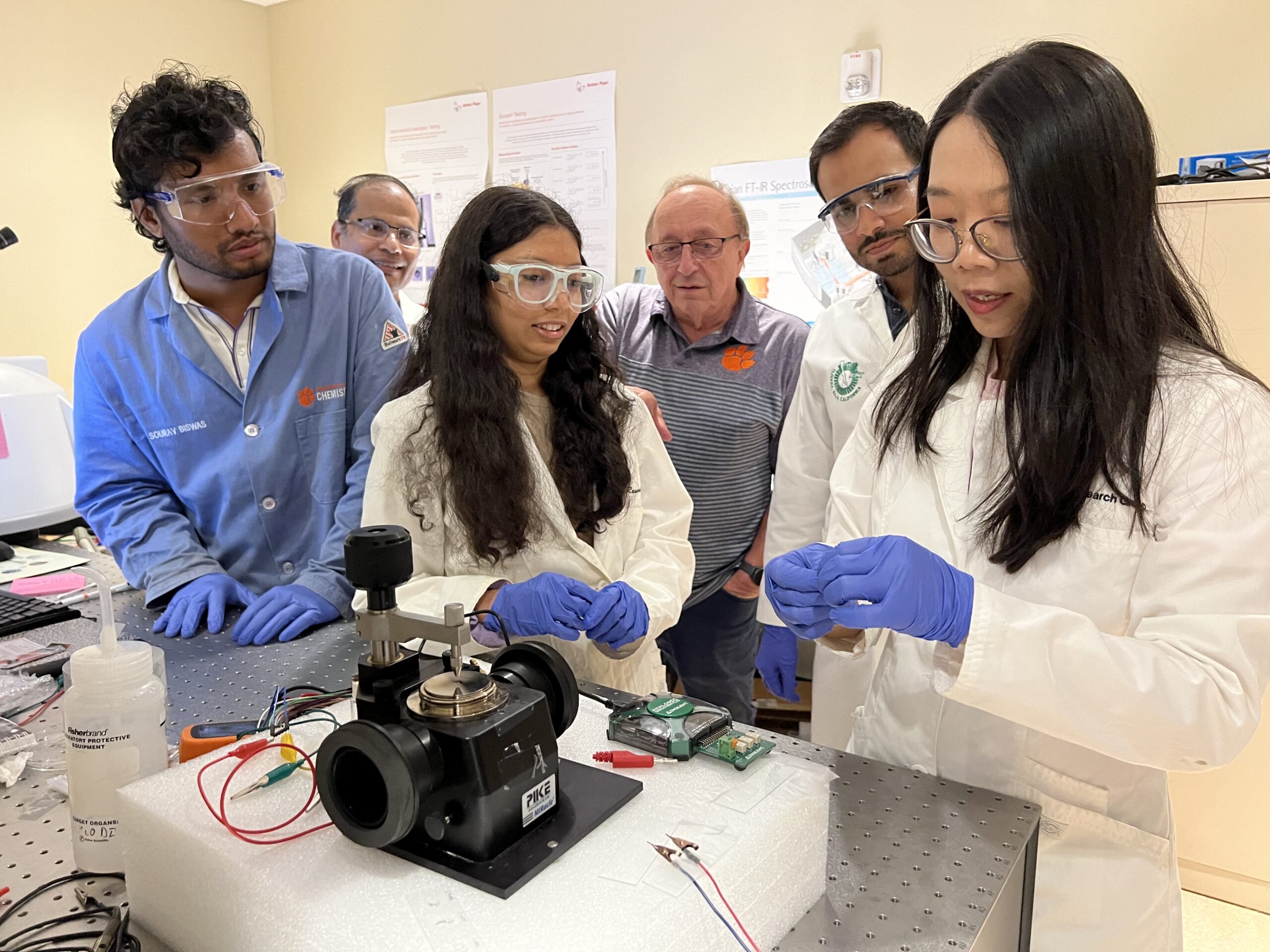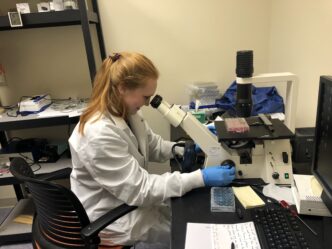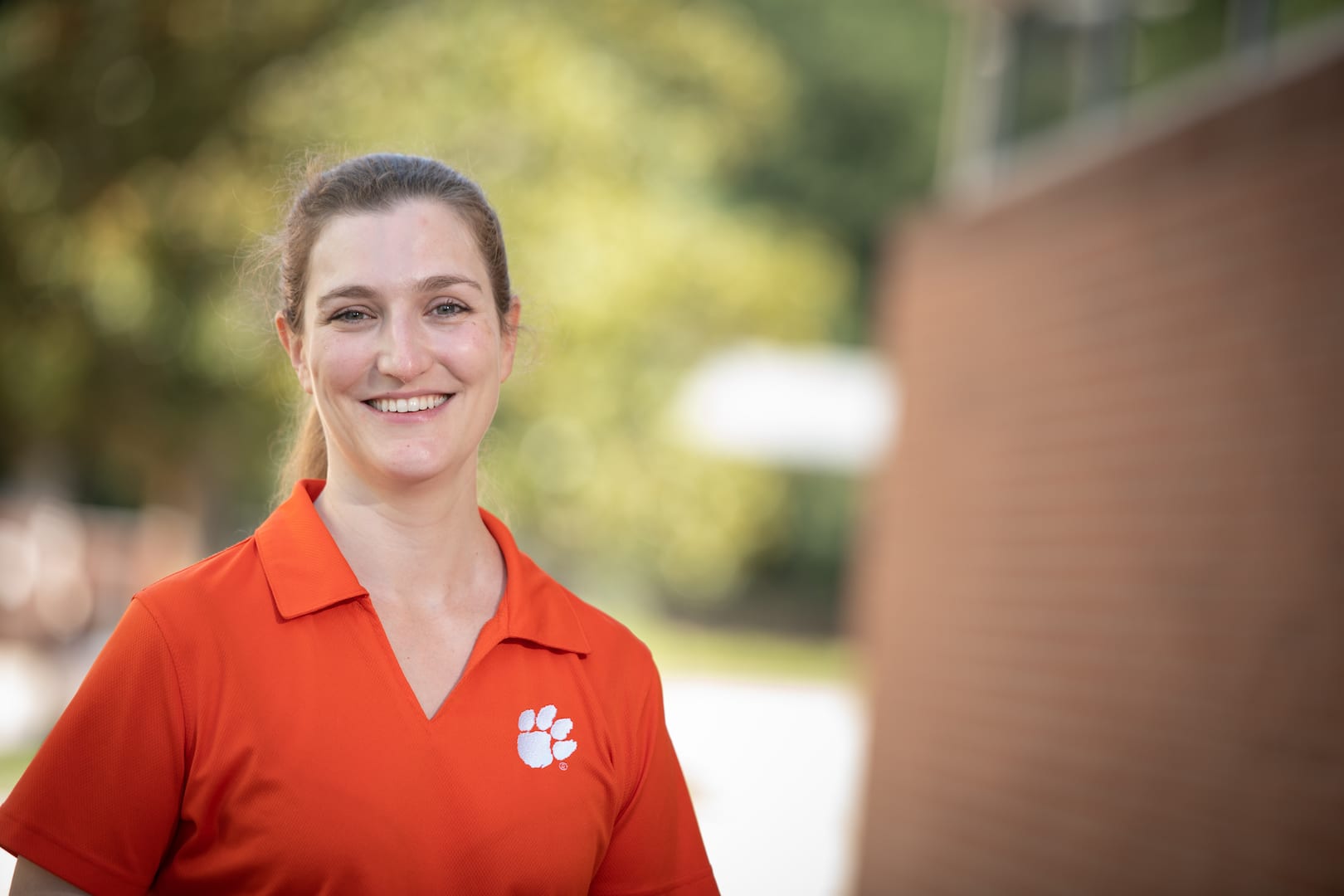Materials that heal themselves like a cut on the skin have long shown promise for a wide range of uses from paint to hoses, and now a new discovery in the field could help reshape how energy is stored, Clemson University researchers said.

A team based at Clemson’s Advanced Materials Research Laboratory said it has found a way of making a new self-healing material that could be a step toward improving durability in batteries and other energy-storage devices.
The team was led by Marek Urban, the J.E. Sirrine Foundation Endowed Chair, who has been researching self-healing materials for more than 10 years.
“The sky’s the limit,” he said. “We see high promise for integrating self-healing materials and poly(Ionic liquids) to create a more durable battery electrolyte than the lithium salts currently in use. This would be a paradigm shift. The big picture is sustainability.”
The potential impact is significant as the world searches for better ways of storing power as part of the shift away from fossil fuels. Lithium salt electrolytes are used in batteries that power everything from electric vehicles and power tools to laptops and smartphones.
If less lithium were needed for energy storage, it would reduce the world’s reliance on a limited and costly resource, making batteries more affordable and sustainable, while reducing safety risks such as overheating.
Electrolytes in lithium-ion batteries degrade over time due to various factors, including the chemical reactions that generate electricity, temperature fluctuations and charging cycles. Replacing lithium salts with a self-healing solid material holds the potential for helping batteries last longer, Urban said.
The idea for creating a new battery electrolyte brings together ideas from two separate papers, both by the Urban team. One focuses on a new way of creating a self-healing material and one on the team’s work with poly(Ionic liquids).
In the study about the material, researchers found that fluorine can play a critical role in enhancing self-healing properties by creating strong sigma interactions. Those interactions are specific types of molecular bonds that attract and realign molecules to promote repair after damage.
Researchers are calling the self-healing mechanism “sigma lock.”
The self-healing material the Urban team created was a co-polymer created by bringing together two monomers, pentafluorostyrene and n-butyl acrylate. Researchers found it was important to use about an equal balance of the two monomers to create self-healing properties.
The name of the paper is “Fluorophilic Sigma(σ)-Lock Self-Healable Copolymers” and was published in the journal Angewandte Chemie. Ph.D. student Samruddhi Gaikwad and Urban served as authors.
The next step to commercializing the material is to find a way to produce it on a larger scale, Urban said. The team has begun seeking funding and is open to partnering with a company, he said.
In addition to energy-storage applications, the team sees promise for using sigma-lock materials in biosensors that are sensitive to chemical, biological and electrical environments, or pressure.
The sigma-lock material described in Angewandte Chemie would be integrated with poly(Ionic liquids) to create battery electrolytes, Urban said.
In a separate study, the Urban team described how changing the length and flexibility of chemical chains in poly(ionic liquids) affects their behavior and electrical properties.
That paper was titled, “Dynamics of Dipolar and Ionic Interactions in Self-Healable Poly(ionic liquid) Copolymers” and was published in the journal Macromolecules. Authors were postdoctoral research associate Jiahuu Liu, Ph.D. student Sourav Biswas, and Urban.







